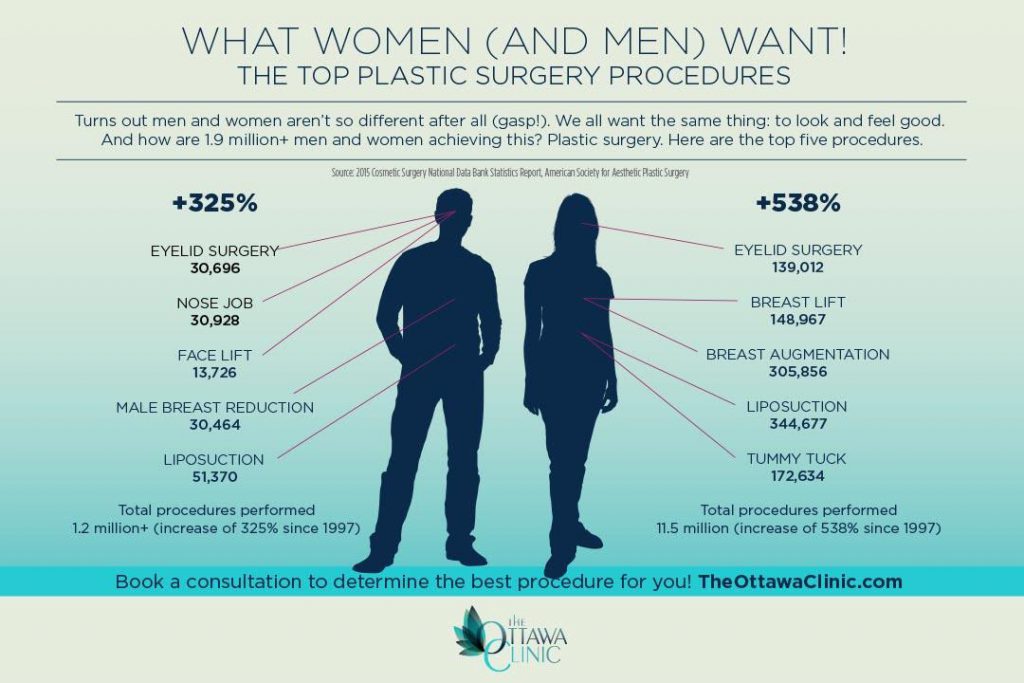Hormonal acne is defined by stopped up pores and oily skin that usually appears on the chin and jawline. It occurs when hormone modifications trigger swelling and microbial overgrowth within hair follicles.
Breakouts may appear as whiteheads, blackheads, papules or pustules and cysts or nodules in much more serious situations. It is a lot more usual in teenagers experiencing the age of puberty but can affect adults of any type of age.
What Triggers Hormonal Acne?
While acne can be triggered by a range of aspects, consisting of making use of hair and skin treatment items that aren't oil-free or made with active ingredients that can clog pores, hereditary proneness, diet regimen,2 and stress, the root cause is fluctuating hormones. Hormonal acne occurs when the body experiences hormonal modifications and changes that result in an overproduction of sebum, which causes inflammation, increased growth of bacteria and changes in skin cell activity.
Hormone acne is often found on the reduced jawline, cheeks and neck but can show up anywhere on the body. It is identified by imperfections that are cystic, painful and filled with pus or other material. It is also more likely to take place in females than males, specifically throughout adolescence, the menstruation, maternity or menopause.
Age
While lots of youngsters experience acne eventually during puberty, it can remain to plague grownups well right into the adult years. Referred to as hormone acne, this type of breakout is tied to fluctuations in hormones and is typically most usual in females.
Hormone acne happens when oil glands create too much sebum, which clogs pores and traps dead skin cells. This brings about the development of acnes, such as whiteheads, blackheads and papules, pustules, cysts or nodules, deep under the surface.
This sort of imperfection commonly triggers pain, redness and swelling. It may also be intermittent and show up around the exact same time monthly, such as right before your duration starts. This is because levels of women hormonal agents like progesterone and oestrogen vary with each menstrual cycle.
Menstruation
Hormone acne usually appears in the reduced part of your face, along the jawline and cheeks, as whiteheads, blackheads or inflammatory acnes (pimples and cysts). It's more than likely to show up around the time when your menstrual cycle adjustments.
Particularly around ovulation, when estrogen and progesterone levels are on the surge, hormonal agent fluctuations can create outbreaks. here But it's also feasible to get acne at any factor during your 28-day menstruation.
If you see that your hormone acne flare right before your duration, try noticing when specifically this occurs and see if it relates to the stages of your 28-day menstrual cycle. This will certainly assist you pinpoint the root causes of your skin difficulties. For example, you might want to work on stabilizing your blood glucose and cutting out high-sugar foods, or take into consideration a prescription medicine like spironolactone that can manage your hormones.
Pregnancy
Expanding a baby is a time of significant hormonal adjustments. For lots of women, this consists of a flare-up of hormonal acne. This sort of breakout typically starts in the first trimester, around week 6. It's caused by hormonal agent surges that boost sebaceous glands to make even more oil, which can block pores and create more microorganisms to develop.
Outbreaks might also happen as a result of pre-existing conditions like polycystic ovary disorder, which can also be a problem during pregnancy and menopause. Additionally, some types of contraceptive pill (such as Ortho Tri-Cyclen and YAZ) can trigger hormone acne in some women.
The good news is, many acne therapies are "no-go" for expecting females (including preferred acne-fighting components such as isotretinoin and spironolactone). Yet if you can't stay clear of those irritating bumps, your medical professional may suggest oral erythromycin or cephalexin, which are secure during pregnancy.
Menopause
As ladies come close to menopause, the estrogen levels that created their hormone acne to flare throughout adolescence start to stabilize and reduce. At the same time, nonetheless, a spike in androgens (likewise called male hormones) happens because these hormones can not be converted into estrogen as successfully as in the past.
The excess of androgens can cause oil production by the sebaceous glands, which obstructs pores. When the clogged pores ended up being swollen and irritated, an acne kinds.
Hormonal acne is usually seen on the face, specifically around the chin and jawline, but it can happen on the neck, back, shoulders, or upper body. This type of acne has a tendency to flare in a cyclical pattern, similar to the menstruation. Stress, which enhances cortisol and tosses hormonal agents out of balance, likewise adds to the breakouts.
